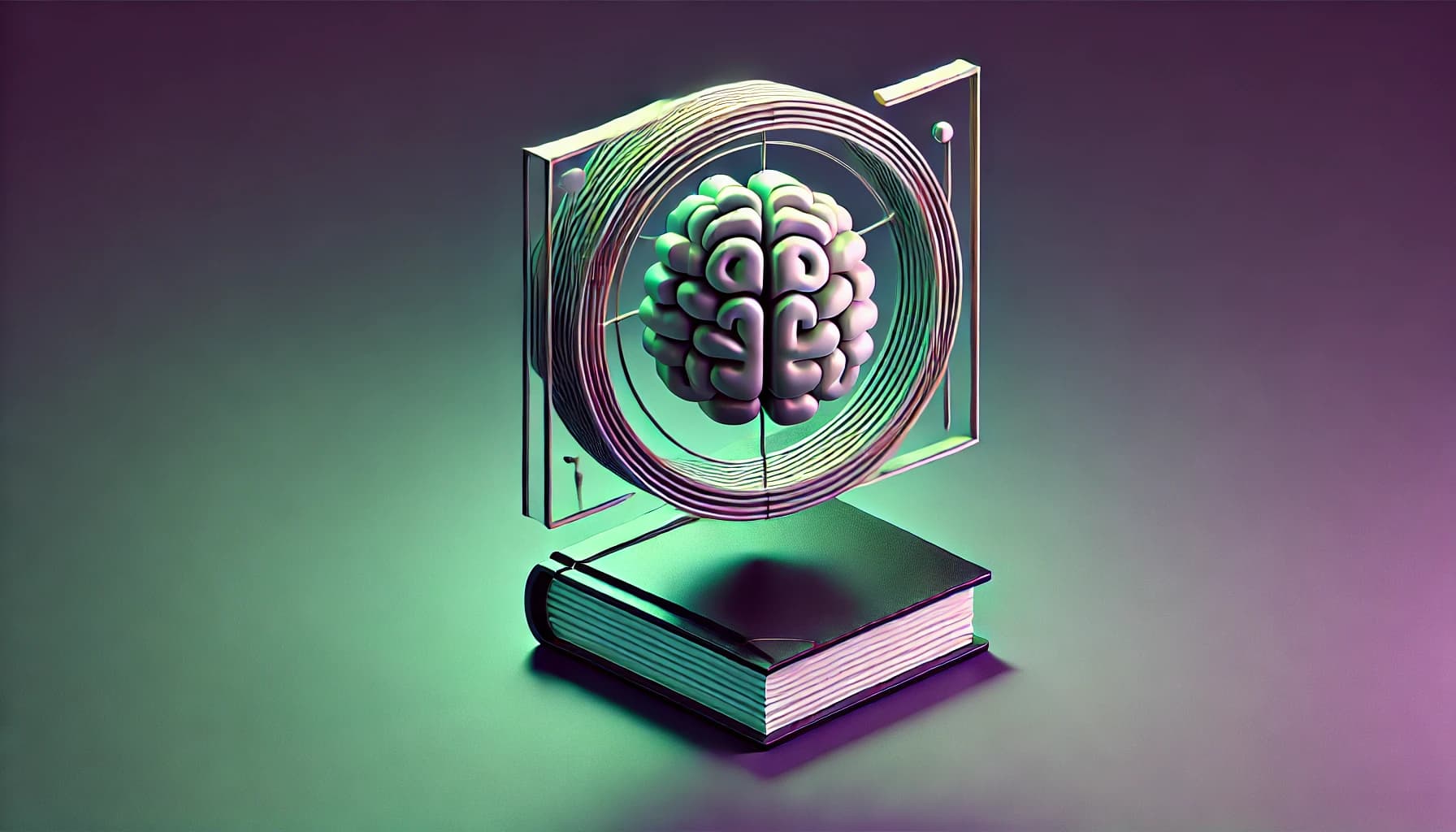
Unlocking Visualization: Imagining the Future
Author
WiseWorld
Summary
Visualization is a powerful cognitive ability that allows us to imagine how something will look after it is moved around or when its parts are moved or rearranged. This blog will delve into the importance of visualization, how to develop this skill, and its practical applications in various fields. We will also explore some role-playing scenarios to illustrate the positive and negative ways of using this skill.




